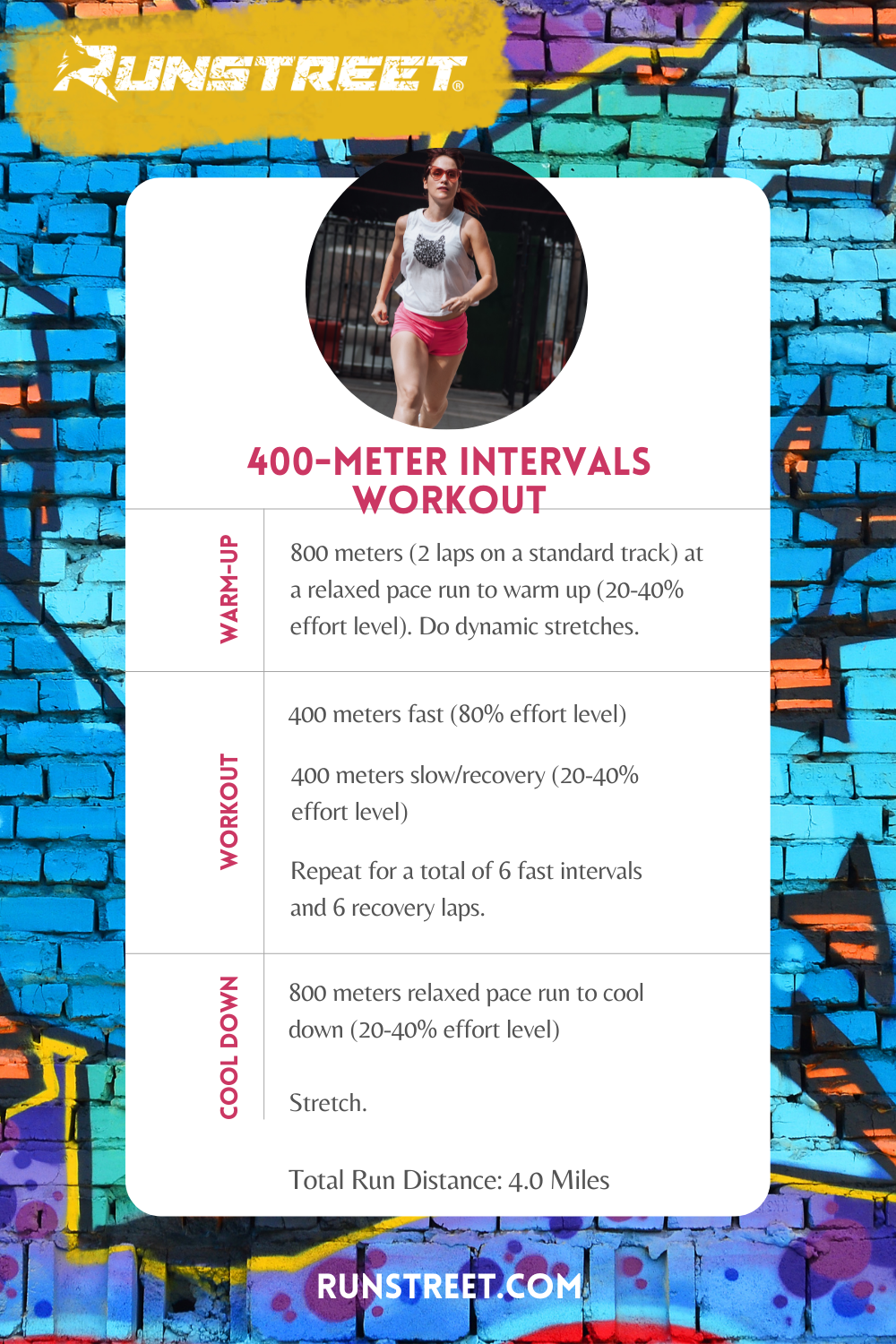Dealing With Typical Running Pains: Reasons, Solutions, and Avoidance
As runners, we frequently run into numerous discomforts that can hinder our efficiency and enjoyment of this exercise. From the debilitating discomfort of shin splints to the nagging IT band disorder, these usual running pains can be frustrating and demotivating. Understanding the causes behind these conditions is vital in properly resolving them. By exploring the root factors for these operating pains, we can discover targeted remedies and safety nets to guarantee a smoother and a lot more fulfilling running experience (imp source).
Typical Running Pain: Shin Splints
Shin splints, a common running pain, usually result from overuse or improper footwear during physical activity. The repeated stress on the shinbone and the cells affixing the muscle mass to the bone leads to inflammation and discomfort.
To protect against shin splints, people must slowly boost the strength of their workouts, use appropriate footwear with appropriate arch support, and keep flexibility and toughness in the muscles bordering the shin (running workout). Additionally, incorporating low-impact activities like swimming or cycling can aid preserve cardiovascular fitness while permitting the shins to recover.
Usual Running Discomfort: IT Band Syndrome
In enhancement to shin splints, another prevalent running pain that professional athletes frequently run into is IT Band Syndrome, a problem brought on by swelling of the iliotibial band that leaves the outer thigh and knee. IT Band Syndrome commonly shows up as discomfort outside of the knee, especially during tasks like running or biking. The iliotibial band is a thick band of fascia that connects the aware of the shin, and when it comes to be irritated or tight, it can scrub against the upper leg bone, causing pain and discomfort.
Runners experiencing IT Band Syndrome may see a stinging or aching sensation on the external knee, which can get worse with continued activity. Elements such as overuse, muscle imbalances, incorrect running kind, or poor workout can add to the development of this problem. To prevent and minimize IT Band Syndrome, runners must concentrate on extending and enhancing workouts for the hips and upper legs, correct footwear, gradual training progression, and addressing any biomechanical issues that may be worsening the trouble. Overlooking the signs and symptoms of IT Band Syndrome can cause chronic concerns and long term recuperation times, highlighting the relevance of very early intervention and proper administration methods.
Usual Running Pain: Plantar Fasciitis

Plantar Fasciitis can be credited to numerous variables such as overtraining, inappropriate shoes, working on difficult surface areas, or having high arches or level feet. To avoid and ease Plantar Fasciitis, joggers can integrate extending workouts for the calf bones and plantar fascia, use helpful shoes, keep a healthy weight to minimize stress on the feet, and progressively boost running intensity to avoid abrupt anxiety on the plantar fascia. If symptoms persist, it is recommended to consult a medical care professional for proper diagnosis and therapy alternatives to resolve the condition efficiently.
Usual Running Discomfort: Runner's Knee
After dealing with the difficulties of Plantar Fasciitis, one more widespread concern that runners typically face is Jogger's Knee, an usual running discomfort that can prevent sports performance and create pain throughout exercise. Jogger's Knee, also recognized as patellofemoral discomfort disorder, shows up as pain around or behind the kneecap. This problem is frequently connected to overuse, muscular tissue discrepancies, incorrect running methods, or issues with the positioning of the kneecap. Runners experiencing this pain might feel a boring, hurting discomfort while running, rising or down staircases, or after prolonged durations of sitting. To stop Jogger's Knee, it is crucial to incorporate correct warm-up and cool-down routines, maintain solid and well balanced leg muscles, use appropriate shoes, and gradually boost running intensity. If symptoms persist, seeking recommendations from a healthcare professional or a sporting activities medicine specialist is recommended to identify the underlying cause and establish a tailored therapy strategy to additional info reduce the discomfort and protect against further difficulties.
Usual Running Discomfort: Achilles Tendonitis
Frequently affecting joggers, Achilles Tendonitis is an uncomfortable condition that influences the Achilles ligament, causing pain and prospective restrictions in physical task. The Achilles tendon is a thick band of cells that connects the calf bone muscles to the heel bone, important for activities like running, jumping, and walking - read this article. Achilles Tendonitis commonly establishes due to overuse, inappropriate footwear, insufficient extending, or abrupt rises in physical activity
Symptoms of Achilles Tendonitis include discomfort and rigidity along the ligament, especially in the morning or after durations of lack of exercise, swelling that worsens with task, and perhaps bone stimulates in chronic cases. To stop Achilles Tendonitis, it is vital to stretch appropriately before and after running, use suitable shoes with proper support, progressively enhance the strength of workout, and cross-train to minimize repetitive stress on the ligament. Treatment might include rest, ice, compression, altitude (RICE protocol), physical therapy, orthotics, and in severe cases, surgical treatment. Early intervention and proper care are critical for taking care of Achilles Tendonitis efficiently and preventing lasting issues.
Conclusion

Comments on “Revamp Your Running Strategy: Tips for Improved Efficiency”